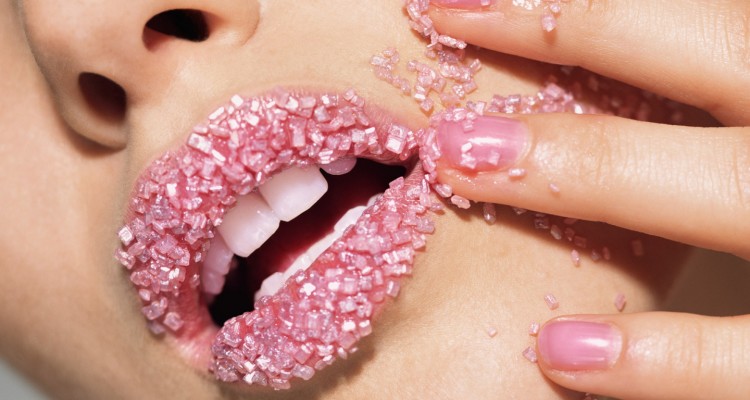Most of us love a sweet treat from time to time, but it feels like sugar is everywhere we look. From the sweet temptations at the till of every shop, to the abundance of vending machines dotted across the country’s schools, businesses and even hospitals, selling a variety of sweets, bars and fizzy drinks.
I’m always astonished at the sheer extent of different biscuits and sugar breakfast cereals available in the aisles of supermarkets. My local supermarket has a special ‘health food aisle’, but in an ideal world, the entire stored would offer healthy food with just a small junk food aisle. But that’s another day’s discussion 🙂
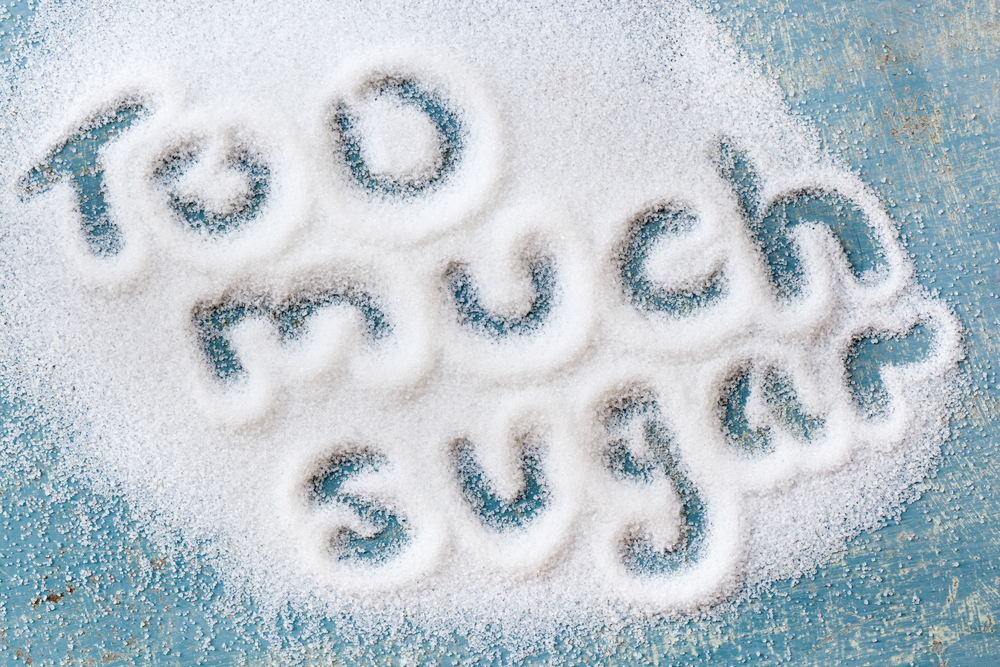
You see, sugar doesn’t just wreak havoc on your waistline, emotions and health, it’s also one of the worst foods to eat for beautiful, clear, young-looking skin. It’s a sly villain tempting us with its taste and then causing chaos to our body afterwards!
According to dermatologist and nutritionist, Dr. Nichola Perricone, sugar is as bad for your skin as it is for your waistline. When your body breaks down carbs to glucose during digestion, your pancreas releases insulin to deal with the increase in blood sugar levels. But the insulin spike you experience when you eat processed or sugary foods is described by Perricone as “a burst of inflammation throughout the body,” which can damage your connective tissues too.
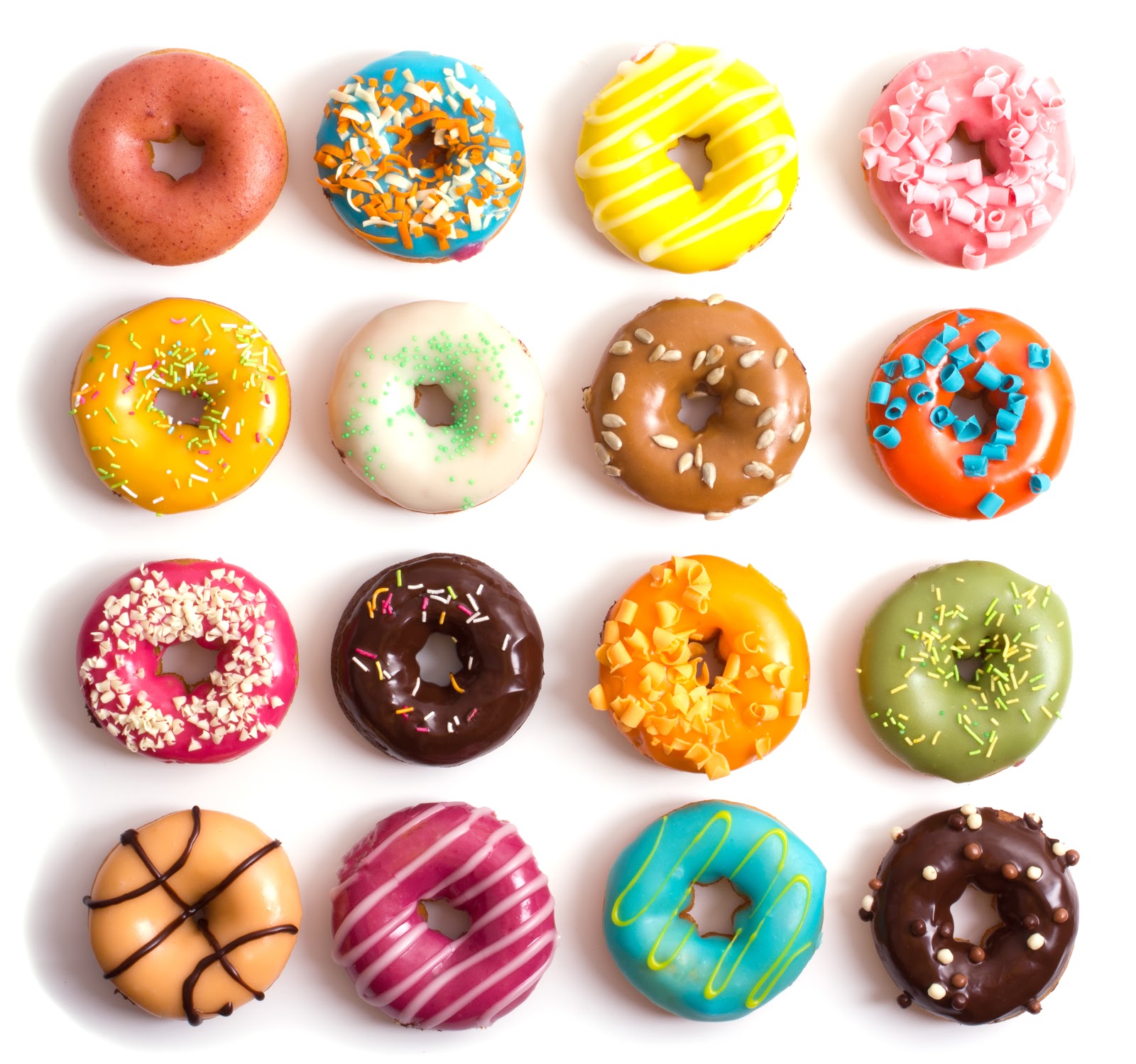
This inflammation creates enzymes that break down the important proteins responsible for your skin’s structure and firmness, called collagen and elastin. Over time, this can encourage crow’s feet, fine lines and sagging skin, especially around the jowls.
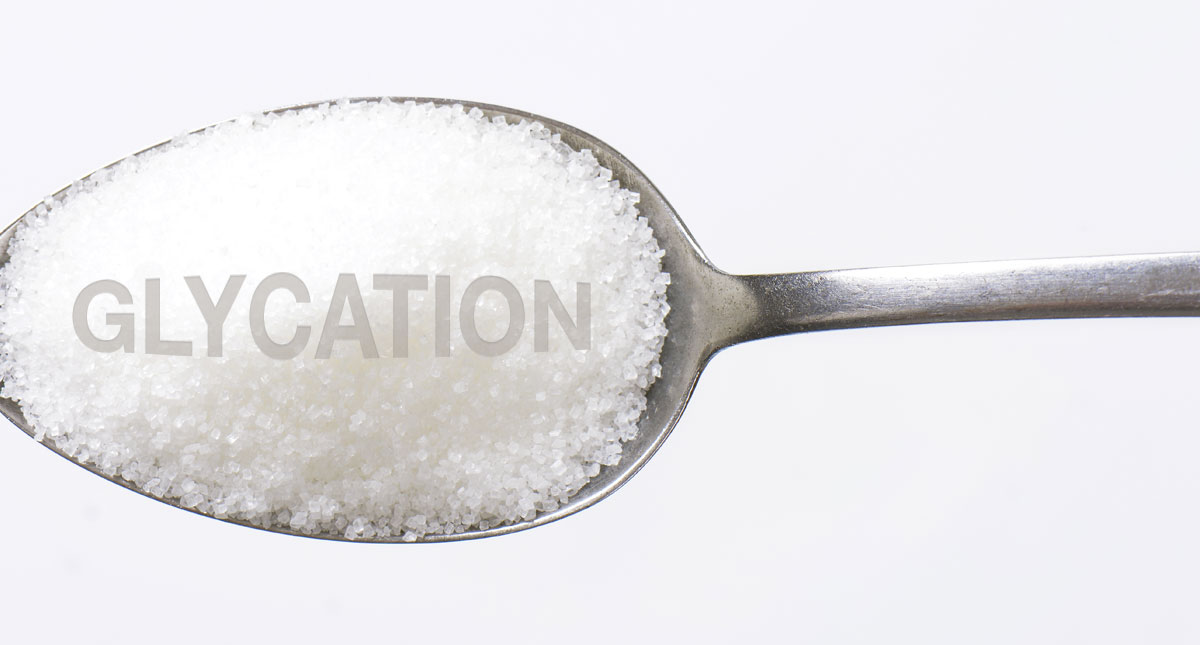
But sugar also speeds up the rate that your skin ages through a process called glycation, in which digested sugar attaches itself to your skin’s collagen and forms ‘advanced glycation end products’ (appropriately shortened to AGEs!). These can cause the important protein fibres in your skin to become hard and stiff instead of soft, plump and supple and this shows up on your skin as lines and wrinkles, sagging and dullness.
Furthermore, having AGEs in your skin may also make your complexion far more susceptible to toxins in cigarette smoke and UV damage, particularly as you get older. Glycation can also worsen acne and rosacea.
Unfortunately, the signs of damage from glycation tend to show themselves from about the age of 30, with an accumulation of hormonal changes, sun damage, oxidative stress from the environment and the creation of AGEs from your diet. In your childhood, teens and twenties, your body has a much better ability to repair any damage and produce plenty of collagen. As you get older, your ability to repair gets lower. Not fair!
 Even healthy foods like fruit, veggies and certain grains turn to glucose when digested, though in a much less damaging way, plus they contain the antioxidants and other nutrients to help dampen down inflammation and mop up toxins. Also, there’s no way we could cut out all carbs because glucose is so integral to all of our metabolic processes. It keeps us alive!
Even healthy foods like fruit, veggies and certain grains turn to glucose when digested, though in a much less damaging way, plus they contain the antioxidants and other nutrients to help dampen down inflammation and mop up toxins. Also, there’s no way we could cut out all carbs because glucose is so integral to all of our metabolic processes. It keeps us alive!
For most healthy individuals with nothing wrong with their glucose levels, the process of glycation is a normal part of life and happens at a gradual rate. But it’s your diet and lifestyle choices that can really speed up the ageing process.
Glycation can’t be halted completely, but it can be slowed down. A high-sugar diet plus smoking and not taking care of your skin in the sun are three of the main factors in ageing. We don’t need it in our lives and the cycle of sugar addiction CAN be broken. I’ve done it myself and don’t miss it a single bit!
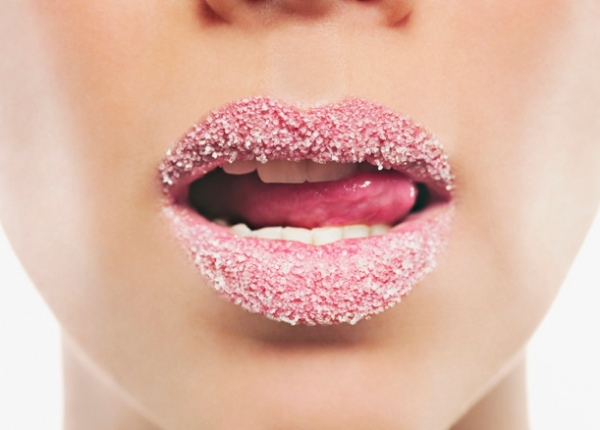
To preserve your skin and keep it looking young for as long as possible, it really helps to be careful to check packaging as sugar can crop up so many foods that you wouldn’t even have thought about. Think savoury foods like pasta sauces, soups, chutneys, bread, cream cheese, crackers, dips, dressings, plus the more obvious sweetened products like jam, yoghurts, cereals, juices, baked goods and junk foods. And never believe the marketing ploys on the front of labels! The only way to know is to read through the ingredients carefully. Anything that ends in ‘ose’ is generally derived from sugar and is best avoided where possible.
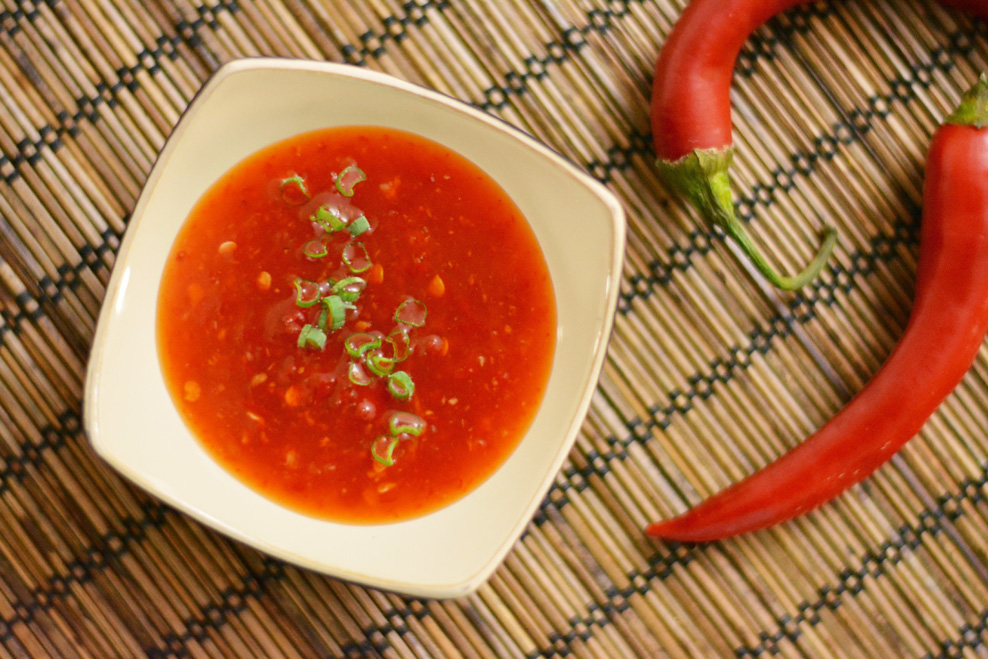
I used to be addicted to tomato ketchup and sweet chilli sauce, and put them on everything! I sadly said goodbye to them when I cut out sugar, and now they taste unbearably sweet because my sense of taste has become so much more sensitive by sticking to unprocessed foods.

